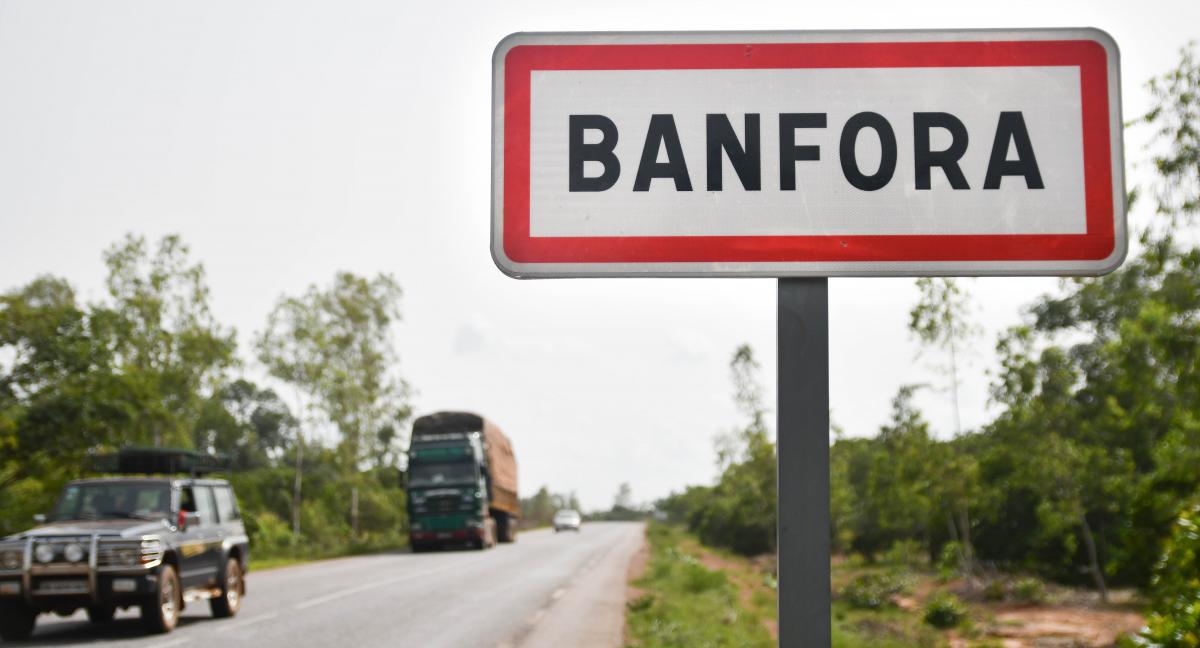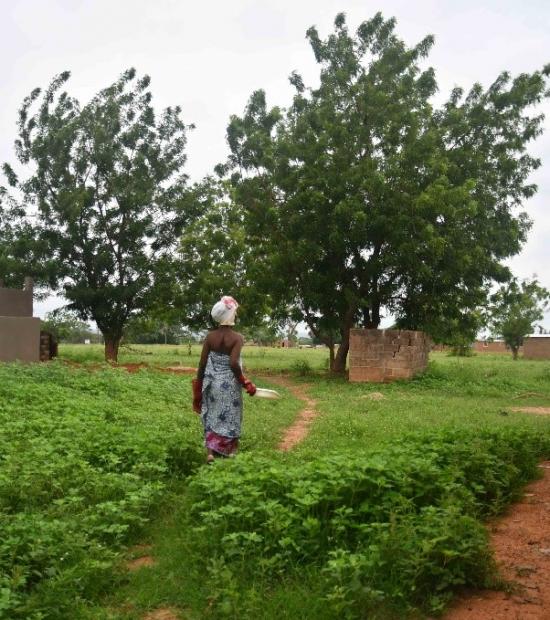
Located 450 km from the political capital and 85 km from the economic capital of Burkina Faso, the municipality of Banfora is the capital of the "Cascades" region and the province of Comoé. It has a total surface area of 934 km² and includes 15 sectors and 22 attached villages.
Published on: 25/05/2019
According to testimonies, the name Banfora is a distortion of the local word "Gouafo" and means clearing in "Karaboro" language. The city of Banfora is also called, "the city of the black farmer" with reference to Robert de la Vignette, colonial administrator and commander of the region called “Cercle de Nérigaba” who, in his book published in 1931 entitled “Les Paysans noirs” (The black farmers), highlighted the hard work of farmers in this part of Burkina Faso during the Upper Volta period.
The city of Banfora was established as a fully-fledged municipality by decree 60-249 of 19 June 1960 with an initial municipal council provided for by law 4/59 AL of 9 December 1959. Upper Volta at this time had six fully-fledged municipalities: Ouagadougou, Bobo-Dioulasso, Banfora, Kaya, Koudougou and Ouahigouya.
The Municipal Council elected for a 5-year term from 2016 to 2021 includes 33 members headed by the Mayor, Mr. Aboubacar Héma. Professionally speaking, Mr. Héma is a tax expert, responsible for a private office established in Ouagadougou. The municipal administration employs 133 workers, 65 of whom are permanent staff.
Banfora is one of the most water rich municipalities in the country, with an average annual cumulative rainfall of 1021.8 millimetres, spread over an average of 70 rainy days. Rainfall is sometimes spread over 8 months (March to October) with a rainier August (293.9 millimetres). Three months (July, August and September) have rainfall amounting to 150 millimetres while 4 others (April, May, June and October) have rainfall amounting to between 60 and 90 millimetres. The average annual temperatures range from 17°C to 36°C, with a thermal range of 19°C. It should be noted that the average temperature varies little during the year: the maximum monthly average is 31°C in March and April and the minimum is 25°C in August and 26°C in December-January. But the range of daily thermal variations is much greater in December (13°C: at night temperatures drop to 20°C and during the day they can reach 33°C) than in August (7°C: at night temperatures drop to 22°C and during the day they can reach 29°C).
Like the province of Comoé, the topography of the municipality of Banfora is fairly rugged. It is mainly dominated by two topographic features: plateaus and plains. There are two geological formations: the Pre-Birimian and the Birimian. The soils are relatively diverse, distributed according to the topographical and edaphic conditions of the area. Ferruginous soils with their derivatives dominate (71.99% of the municipality's territory), followed by hydromorphic soils (16.35%), ferralitic soils (2.58%) and lithosols (7.87%) respectively. The territory of the municipality of Banfora is located in the Comoé sub-basin and includes three (03) dams (Lobi, Banfora, Bounouna), one (01) lake (Tengrela lake) and many rivers and wetlands. Groundwater supplies are important because of good rainfall. The groundwater table is relatively superficial (12m on average) with the appearance of water sources in some places.
Demographically speaking, the population of the municipality of Banfora increased from 54,213 in 1996 to 109,824 in 2006, reaching 153,574 in 2017. Men and women accounted for 49.7% and 50.3% of the population respectively in 2006. The geographical distribution of the population is unbalanced between rural (31%) and urban (69%) areas. The average annual growth rate is 2.9% compared to 2.64% for the region. About 41% of the population is under 15 years of age (64% in urban areas compared to 37% in rural areas), while the 15 to 64 age group represents 57% and the population aged 65 and over only 2%. The structure of its population suggests a population with a majority of young people and enormous social needs.
The provision of health services is insufficient and is characterized by poor financial accessibility of the population, insufficient equipment and health care staff and low community involvement. Malaria and respiratory diseases account for two thirds of the reasons for consultation in health facilities and waterborne diseases are among the top ten diseases.
The education system in the municipality of Banfora is making significant progress in terms of primary school enrolment. Indeed, the gross primary school enrolment rate rose from 30% in 1990 to nearly 90.7% in 2018, which represents 93% for boys, compared to 88.6% for girls. As for the school completion rate, it is 69% in 2018, with 75.4% for boys and 63.2% for girls.

The main economic activities are agriculture and livestock farming, the extensive type, despite the potential of the area. One cannot talk about Banfora without mentioning the palmyra palm, a palm tree with fan-shaped leaves that is very common in the region. The palmyra palm tree is a real salvation for the population that uses its leaves for basketry and its trunk for the construction of their houses. “Bandji”, a palm wine appreciated by experts, is also obtained from this tree. In this respect, it should be noted that one of the sons of the region, Soungalo Koné, managed to stabilize this drink and bottle it. Once packaged, the “Bandji” can be stored for a long time and keeps all its flavour. It can even be transported outside the country without losing any of its freshness.
The municipality of Banfora is also home to important industrial units such as SN SOSUCO (sugar factory), GMB (flour factory), SOFITEX (2 cotton processing plants), and about ten agricultural and animal products processing units.
A gateway city, both industrial and commercial, located at the heart of the Sikasso-Korhogo-Bobo-Dioulasso cross-border routes, Banfora has a very significant economic potential that has so far not been used enough by political and administrative decision-makers.
Tourism is developing there thanks to nationally and internationally recognized tourist attractions such as the Karfiguela waterfalls, the domes of Fabédougou and the hippopotamus lake of Tengrela.
The craft sector is very developed in Banfora with basketry at the forefront.
On the cultural level, there are among others the dancers called "trembleuses", who are charming young girls very gracious in their performance during evenings where balafon is played accompanied by flutes.
The analysis of the incidence of poverty in the municipality in 2010 shows that 39% of the inhabitants live with less than 108,454 CFA francs per year compared to 37.2% in 2007.
These various factors are crucial for the successful development of the water sector. They lead to water needs for different uses (economic and social), but also financial resources for the development of services (taxes and tariffs). It is therefore up to the municipality and its partners to work towards a good interaction of these territorial factors to better meet the socio-economic needs of the population.